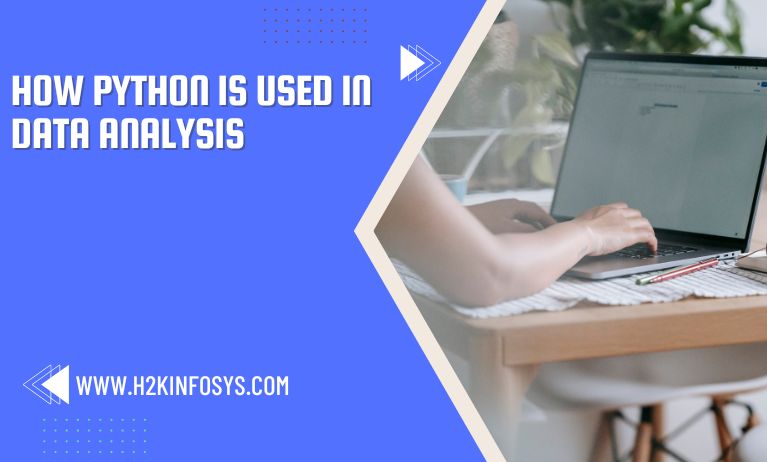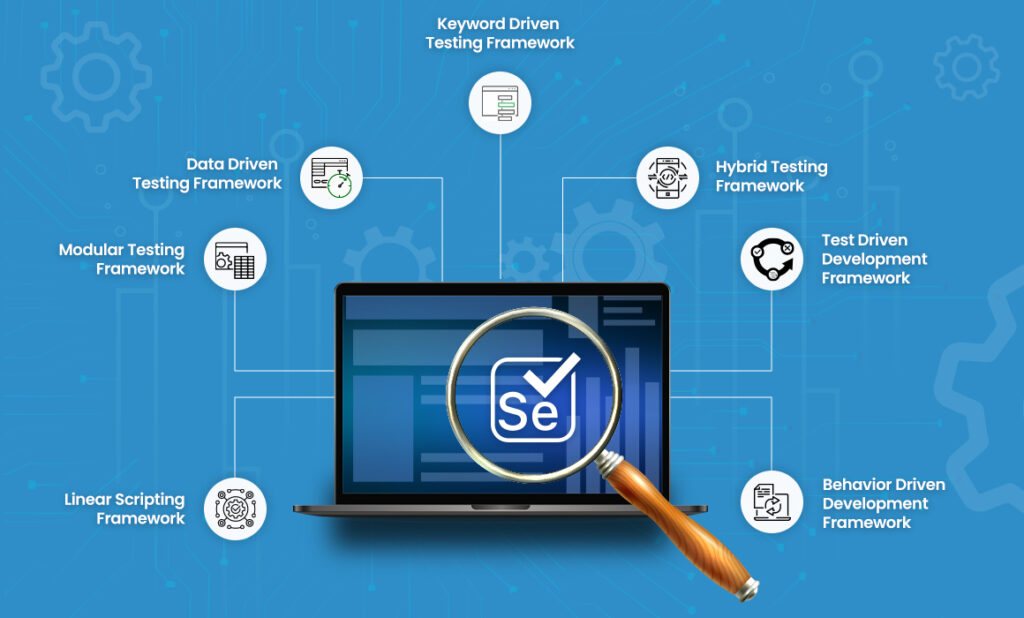Python, one of the top languages in the world has proven to be a top choice for developers,
testers, and other computer engineers since its inception. Today, a lot of data analysts are
tending towards enrolling in Python courses online because of its usefulness and easy syntax.
While you may be wondering how this applies to analysis, we have a lot of examples compiled
in this article for you.
Let’s begin.
What is data analysis?
Data analysis is a process that involves gathering and converting raw data into useful
information for different reasons. Companies hire data analysts to help handle this aspect of
their services and use the results to make tangible decisions for their advancement.
Data analysts work in collaboration with other departments, especially the business section to
proffer solutions and make suggestions.
What is Python?
Python is an object-oriented programming language that is used for a variety of tasks including
script writing, software testing, web development, and lots more. Its inbuilt tools and structures
make it a perfect choice for other experts like data analysts.
Now, let’s see how python is used in data analysis.
Data mining
Python is a preferred language for data analysts and one of the activities they use it for is data
mining. This is a practice most analysts use to extract and evaluate large amounts of information. This information will then be used to generate new patterns and trends for the company’s growth. Data analysts use popular python-based resources like Scrapy and BeautifulSoup for data mining. Scrapy in this regard serves as a site for API data collection, while BeautifulSoup is used as a pathway to scrape data from other sources besides API.
Data Visualization
Python is also used for data visualization, another aspect of data analysts’ responsibilities. Data
visualization helps these experts learn and work faster using the representation they see.
Python as a programming language provides different visualization types for the data analysts
to select from. Interestingly, it’s more of a requirement than a choice for data analysts.
Generally, data visualization helps with more generation of data through different methods like
charts, graphs, etc.
Data Processing
Another benefit of using python in data analytics is because of its inbuilt tools. The language
contains lots of data analytic tools that help with the evaluation of complex data faster and
easier. It also helps in analyzing performances and suggesting better methods of working.
Examples of two main python libraries used for this activity are NumPy and Pandas.
Writing data analytics algorithms
Python is a useful tool to write data analytics algorithms. With your knowledge of the language,
you can easily create codes for API integration. Enrolling in a python online class may be the
best decision you’ll make to boost your task completion as a data analyst.
Data manipulation
Python is used for data manipulation in data analytics. This data manipulation process involved
incorporating machine learning into models for specific results. It cuts across regression,
clustering, etc in data analysis.
Now that we have examined the role of Python in data analysis, the next section will discuss the
advantages of using Python.
First, python is very easy to learn. Unlike other languages, Python has a large community of
users that makes learning easier for beginners. This way, they get to meet other colleagues in
the data analysis field with more experience on how to navigate through the site.
Another advantage of using Python as your main language in data analysis is its versatility.
Python is very versatile and designed to fit usage in any role in the data analysis industry. With
the language, you get to develop web services, algorithms, and lots more.
A quick note. Before using Python, ensure you have enough space on your device due to a
large number of storage space the language installation uses. It may be a con, but python is
one of the best languages to use when starting with data analysis.
Conclusion
Python as a popular language in the computer world is gradually becoming a fave in other
industries as well. From all we have discussed in this article, you have seen lots of reasons why
python is a strong language you should learn alongside your data analysis courses. No doubt,
you’ll be finding lots of tasks easier with your knowledge.






























